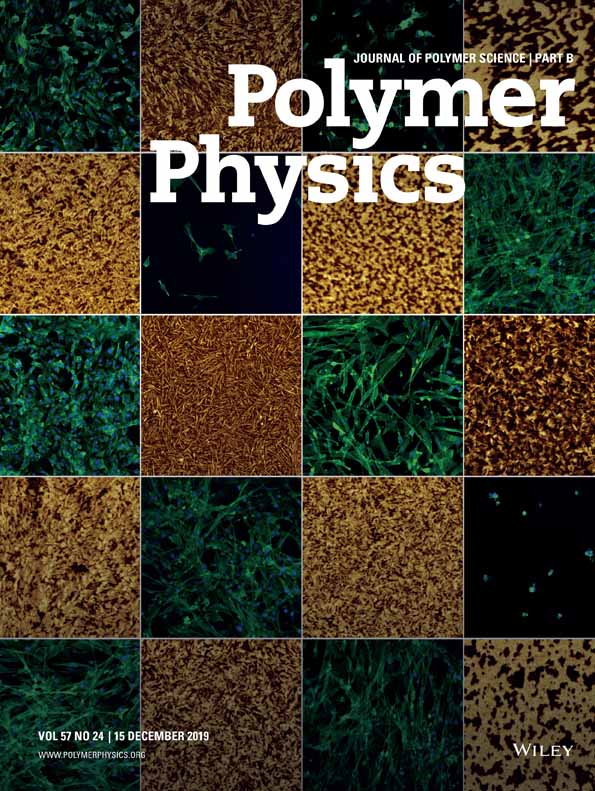Theoretical calculation of the reduced viscosity of aqueous suspensions of charged spherical particles
Abstract
The origin of the variety of characteristics of the reduced viscosity of aqueous suspensions of charged spherical particles has been an unsolved problem. To solve the problem, the reduced viscosity due to interparticle electrostatic interactions between charged spherical particles are calculated as a function of particle concentration with scanning various parameters, such as diameter of particle, number of charges per particle, and added-salt concentration. The result successfully reproduced the variety of characteristics. Of all the scanned parameters, the diameter of the particle has a significant role to display the variety of characteristics when other parameters are fixed. When the diameter is very small (∼0 Å), the calculated reduced viscosity of aqueous suspensions of charged spherical particles increases with decreasing particle concentration and it shows a maximum. This behavior is very similar to the reduced viscosity of linear chain polyelectrolyte solutions. Whereas, when the diameter is large (>2000 Å), the calculated reduced viscosity decreases with decreasing particle concentration and it does not show a maximum. When the diameter is <1000 Å, the calculated reduced viscosity shows both the maximum and minimum. © 2004 Wiley Periodicals, Inc. J Polym Sci Part B: Polym Phys 42: 1068–1074, 2004




